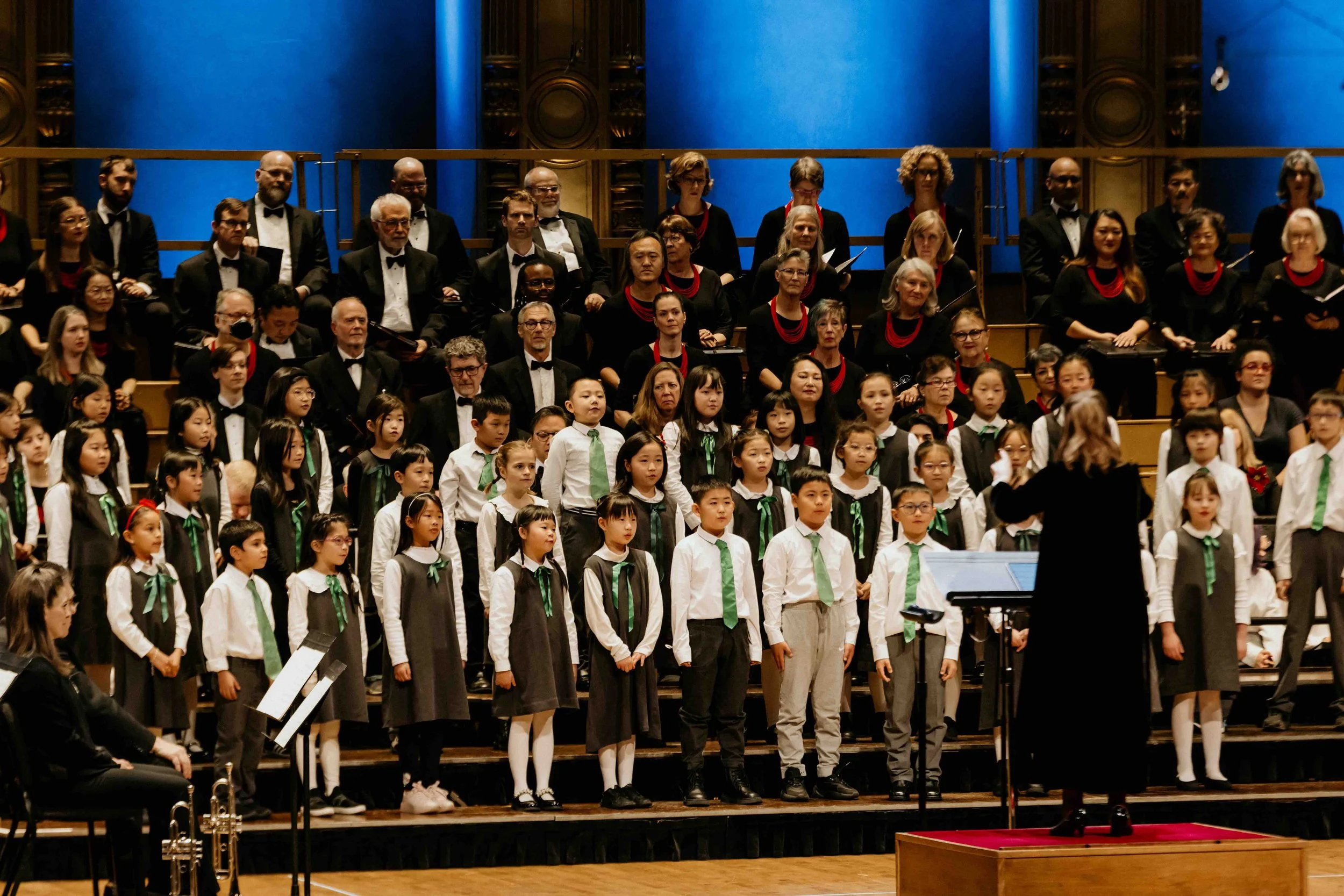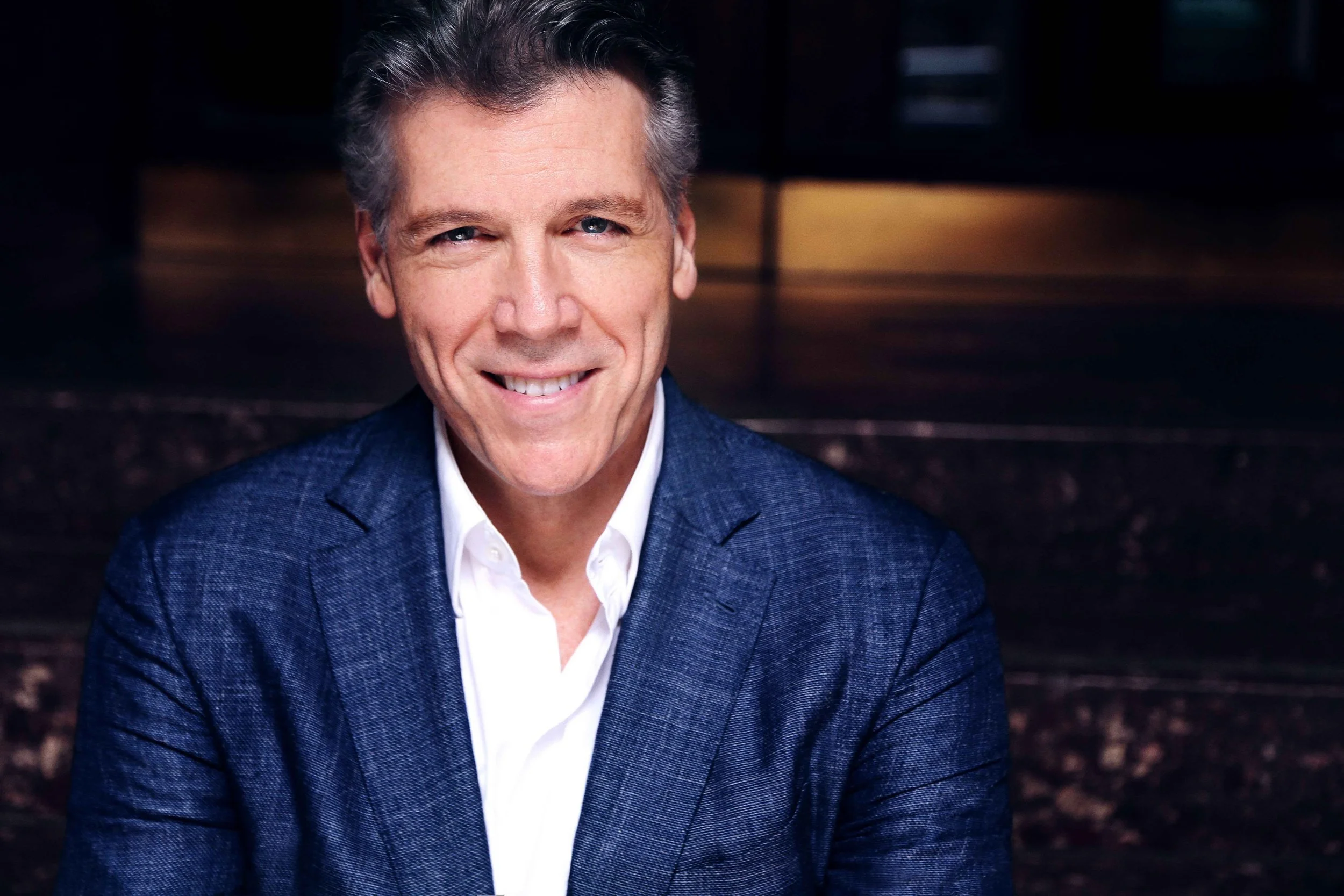At Bach Untamed fest, mandolin master Alon Sariel brings unique sound to Baroque world
Early Music Vancouver artist-in-residence set to appear in everything from a solo Bach concert to a Vocal Landscapes of India and Italy program
Aron Sariel. Photo by Juliana Farinha
Alon Sariel performs in Vocal Landscapes of India and Italy at Christ Church Cathedral and A Tribute to Giovanni Gabrieli at Christ Church Cathedral on July 30; Plucked Bach at Congregation Beth Israel on July 31; and with Pacific Baroque Orchestra for Bach & Mandolin at the Vancouver Playhouse on August 8
THIS IS, IN PART, a story about how an individual can change a culture. It’s about how music can help us make a place for ourselves, even when fate seems to work against our dreams. And it’s about the renaissance of an instrument most often associated with Italian and American folk music in an unlikely setting: Israel.
But it’s not about Alon Sariel, at least not yet.
Nor is it about his countryman and fellow mandolinist Avi Avital, who swept onto the international music scene in 2012 with his Deutsche Grammophon debut, Bach.
Instead, it’s about Simha Nathanson, who inspired both of these younger artists—and, in fact, three generations of new and adventurous mandolinists—by reinventing himself after leaving his native Russia due to persistent anti-Semitism. His rebirth was a matter of necessity, but the result has been pleasure for all lovers of the mandolin—and that’s all the more surprising given that the instrument had not previously been a major part of Israeli or Jewish culture.
“Entre nous, they say that every instrument that you can pack up quickly and run away with is a Jewish instrument,” the affable Sariel says in a Zoom interview from Frankfurt. “But there was a large immigration from the U.S.S.R. in the ’70s, including one very talented and very demanding teacher who was originally a violin player. He immigrated to Israel, and did not find a job as a violin player, but there was the possibility to teach mandolin because there were some instruments from a donation at the Be’er Sheva Music Conservatory. They told him that he could open a mandolin class. His alternative was to work in a factory so he went for it, and with his creativity and vision he started teaching the mandolin, having violin in his head.
“Making the transition was not that hard, because basically the left hand is the same as with the violin; it’s the same tuning,” Sariel continues. “So he taught himself how to play with the right hand, using the plectrum and so on. And because he was self-taught, he did not go for the traditional way of holding the plectrum; he basically held the plectrum with three fingers instead of two, unlike everyone else around the world… And everyone from Be’er Sheva, to this day, does the same.”
Further innovations followed, including a radical redesign of the mandolin itself. Israeli luthiers have given the instrument a louder and yet more expressive voice that’s neither as nasal and percussive as American bluegrass instruments, nor as soft and wistful as their Neapolitan forebears—and we’ll have several opportunities to hear that sound over the next two weeks, with Sariel settling in as artist-in-residence with Early Music Vancouver’s Bach Untamed festival.
We’ll hear Johann Sebastian Bach, of course: Sariel will play his monstrously demanding Toccata and Fugue in D Minor, BWV 565, arranged for solo mandolin, as part of his Plucked Bach program at Congregation Beth Israel on July 31. He’ll also join the Pacific Baroque Orchestra for Bach & Mandolin at the Vancouver Playhouse on August 8. He’ll pick up the ungainly but exquisite theorbo for A Tribute to Giovanni Gabrieli at Christ Church Cathedral on July 30; and offer two free concerts featuring some of his young students from EMV’s Baroque Orchestra Mentorship Program at Granville Market on July 27. (For a full concert schedule, visit www.earlymusic.bc.ca; Sariel is making too many appearances to list them all here.)
We may have to wait for some future occasion to hear what he can do as a percussionist; drumming is another of Sariel’s passions. In short, he’s an exceptionally well-rounded musician, but it all started when he discovered the mandolin at the age of eight.
Aron Sariel. Photo by Marc Rodenberg
Why that particular instrument?
“I just knew,” he says, laughing. “It was very attractive to me. The size, of course, and it being approachable. Some instruments are so complex; when you press on a note on a keyboard, a key on an organ, you don’t really understand the process behind the sound that you hear. But on the mandolin it was very intuitive, very clear. You have the very basic thing of plucking a string with a finger or with a plectrum—and the sound is rather high, which is maybe attractive for a young kid. But I don’t know how to put a finger on it.”
What is certain is that the adult Sariel continues to be driven by curiosity. In switching between mandolin-family instruments and those related to the lute or guitar, he says that he’s looking for how they can complement each other. “The mandolin, when it comes down to it, is a melodic instrument,” he explains. “It’s an instrument that is active in a certain register, and usually portraying the melody. And it’s usually up front, playing a solo role. And with the lute, a lot of times you’re accompanying; a lot of times you’re playing the bass line and the harmonies and counterpoint. The register is a different one, and the character….The whole way the instrument works. They are very similar instruments, but they are also completely different. I really enjoy this difference.”
The various programs that Sariel, EMV artistic director Suzie LeBlanc, and the Pacific Baroque Orchestra’s Alexander Weimann have devised for this year’s Bach Festival are similarly driven by intellectual curiosity. One central theme is the connection between Bach’s music and that of his Italian predecessors, with programs devoted to Italian works that Bach had transcribed as part of his own studies. But the festival will also go further afield, as indicated by the Vocal Landscapes of India and Italy program at Christ Church Cathedral on July 30, which features North Indian singer Shruti Ramani, tenor Charles Daniels, Weimann, and Sariel.
“We will need to come together and maybe jam a bit to see what comes up,” the mandolinist allows. “But we have some things to explore, namely the vocalist’s presence in the Indian tradition and in the Baroque. In the Baroque, you have the word-painting, for example, and the melismas and the coloraturas and all that. Charles Daniels and Alex and myself, we’re all very familiar with that, but Shruti’s going to bring in a lot of things that I’m not familiar with. So for me, it’s going to be very interesting—and I’m sure for the audience as well.”
Leblanc’s programming, Sariel adds, mirrors his own concerns. “You always have Bach,” he says, “but it’s stretched into different directions.”
And this kind of expansion is what he hopes his summer students will take away from their time with him. “Breaking some barriers” is at the top of his agenda, he notes. “I mean, I am always more for asking the questions, and not for giving the answers. I just gave an online lesson right before talking with you, and some students were asking questions with the aim of receiving the one right answer, like the truth. And very often in art, it doesn’t exist. There is a truth of how to play today, right now, in this acoustic and the place that you’re in, your mood—and tomorrow it might be completely different. But they’re coming with questions like, ‘Is this a downstroke or an upstroke? Is this an open string, or your fourth finger? How would you play it?’ And I want to explain that, yeah, ask the question, stay with the question, keep asking it and find your way to things—but remember that these questions usually don’t have one answer forever.”
This is the sound of a musician fully committed to exploration—and to the spirit of transformation that his mentor Nathanson embraced almost 50 years ago, at the start of Israel’s mandolin renaissance.![]()














